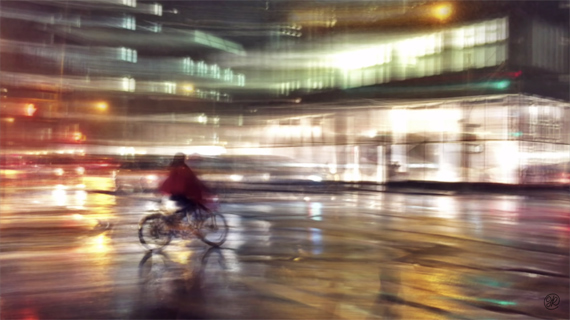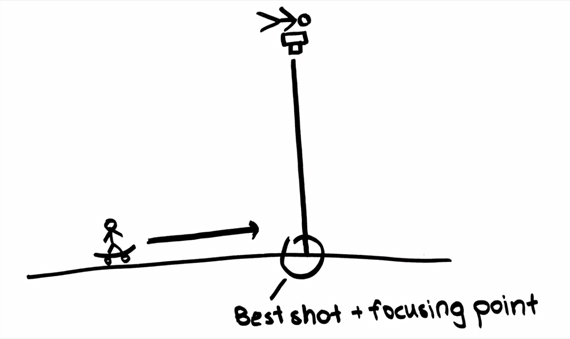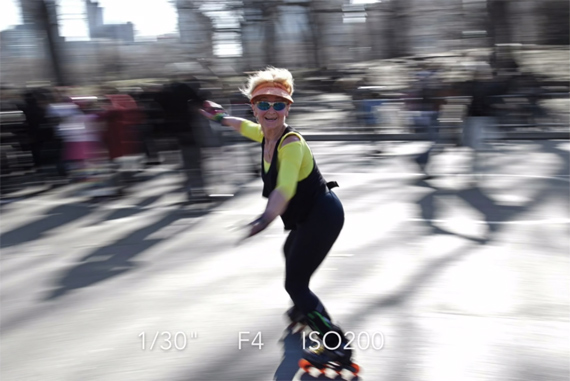Ever wonder how folks manage to get great action shots where the background’s blurred in streaks but the subject is in focus? Hint: it’s not (usually) achieved in post-production but rather with an active technique called panning. While it’s not the easiest technique for a beginner to master, this tutorial by photographer Josh Katz will get you started with the right settings and setup, letting you get straight to the fun part–taking awesome photos:
Much like it sounds, panning is the art of moving the camera along with the subject, thereby keeping the subject in focus while “dragging” out the background. Coupled with a slower than usual shutter speed, it helps to isolate your subject from the background, making it look like they’re going faster than they actually are. Depending on how slow you set your shutter speed, it can be used for both contextual shots (photos where the background is still recognizable) and abstract or conceptual shots where the background is blurred to the point of mere ambiance, a meshing of color and light.
The best subjects for panning are those in motion, ideally moving in a straight line perpendicular to you. Running pets, vehicles, skateboards, racehorses—all of these are great candidates for a great panning shot. But don’t expect to get a great shot on your first try. Panning takes a lot of trial and error to get good at and, as Katz recommends, choosing a subject that will be going by quite a few times will help you dial in your technique.
Equipment
Not much in the way of gear is needed for panning—any camera that allows you to set the shutter speed will work just fine. Katz uses both his iPhone (with apps like CameraPlus or Slowshutter to slow the shutter speed) and his Canon 70D paired with a 24-105mm zoom lens.
Settings for DSLRs
The settings for action shot panning will vary with your camera skill. If you feel confident with your camera, shoot in manual mode. If you’re new to photography or haven’t yet mastered the exposure triangle, try starting out in shutter priority mode.
Katz’s Shutter Speed Starting Points
- skateboards = 1/10 second
- bikes = 1/30 second
- cars = 1/60 second
Basically, the larger the subject, the faster the shutter speed can be while still getting a fair amount of background drag. Keep in mind, though, these are just starting points. You’ll need to play around with them a bit to find the perfect shutter speed for your particular subject, speed, and background. If you’re working with a zoom lens like Katz, playing around with different focal lengths will give you a lot more options.
If you have a lens that focuses fairly quickly, leaving it in auto focus will probably work just fine. If you have an older camera or lens, or auto focus is simply not a viable option, pre-focus on the point where your subject will pass in front of you.
Panning Tips and Tricks
- “Start following your subject before you take your first shot and a little bit longer after you’ve take the last shot.” This ensures that you keep the camera as steady as possible.
- Keep the subject in the center of your frame as you pan.
- Follow the subject along, shooting 3-4 photos as they pass.
- Use your hips to rotate, not your upper body. Also, keep your elbows in.
Have you tried panning before? Do you have any more beginner tips to add?
Like This Article?
Don't Miss The Next One!
Join over 100,000 photographers of all experience levels who receive our free photography tips and articles to stay current:









Leave a Reply